January 2017
I spent little time birding in 2016, and saw fewer than 200 bird species in Britain for the first time in over a decade. My only new British bird was the Blagdon Lake Blyth's pipit, the only bird I used my 500mm lens to photograph! I spent two months in Italy, loving the lifestyle there. I had an amazing day birding in Cyprus in May, seeing the country's first Amur falcon, and many other raptor species. I enjoyed a memorable trip to India, and worked also in Berlin and revisited the wonderful Abruzzo National Park in Italy, where I had a close encounter with a Marsican brown bear.
22nd. RSPB Garden Birdwatch - quiet because a territorial male blackcap chased most other birds from the feeder tree.
21st. Chew - no sign of the ring-billed gull after a beautiful hoarfrost. There were 8 Bewick's swans and a great egret at Herriot's. Reed buntings fed on seed heads of frozen phragmites reeds. I took a thermal image of mallards - their hottest parts are the heads and around the flight muscles. The birds on the ice (-3C) still keep their flegs and feet from reaching freezing temperatures, but avoid losing too much heat from them via their countercurrent heat exchange system.
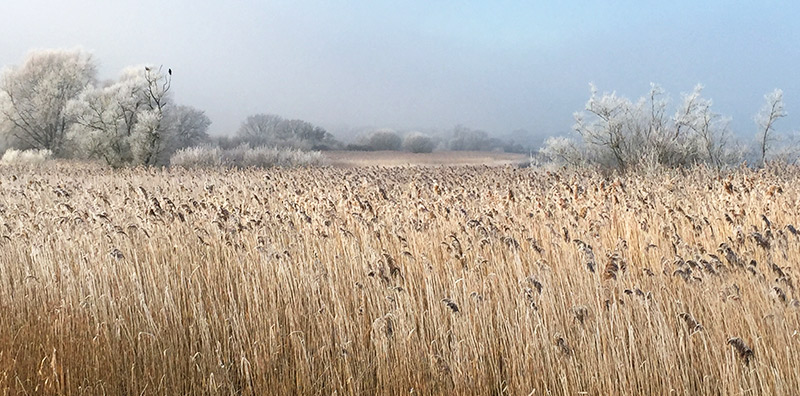
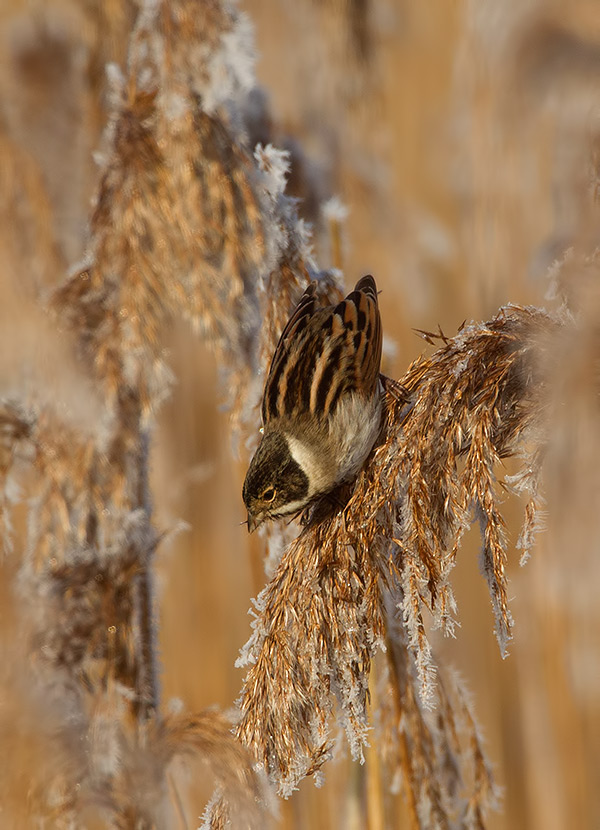
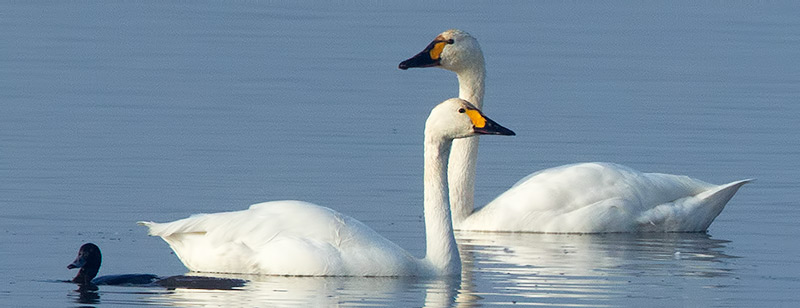
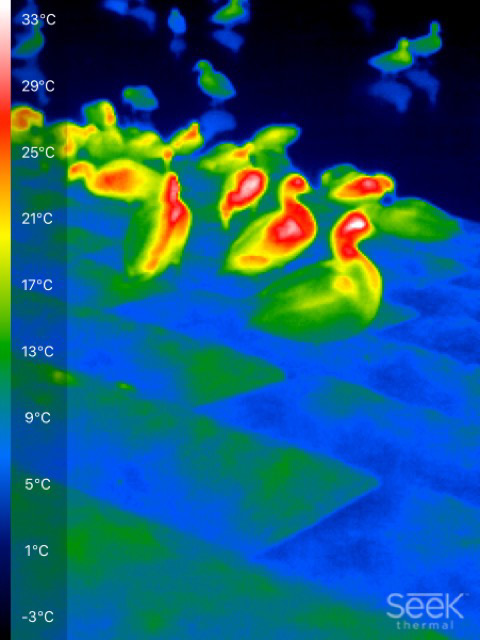
15th. A zip around to see some interesting local birds. The long-tailed duck remained at Barrow Tank 3; 2 cattle egrets were east of Wick near Toghill; at least 40 corn buntings were at Marshfield.
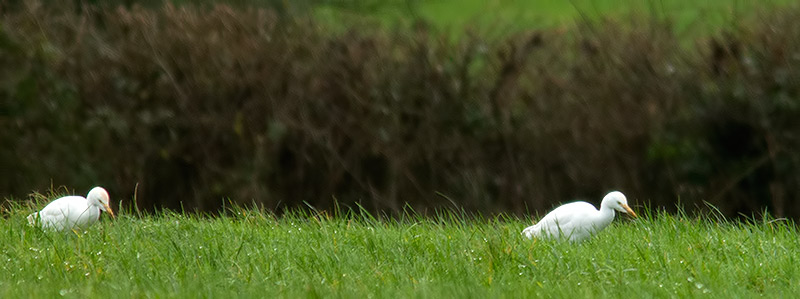
14th. 11 greater scaup, drake ring-necked duck, 3 Bewick's swans, common sandpiper, adult yellow-legged gull and kingfisher at Chew. Also an adult gull with a dark beady eye, small head, long legs, dark band on bill, red on lower mandible suggested a Caspian gull, until it flew, whereupon the wing pattern seen from photos showed no black on P5 and no tongues on outer primary black. Must have been an odd herring gull. Record shots below, middle one by Hillary Masters.
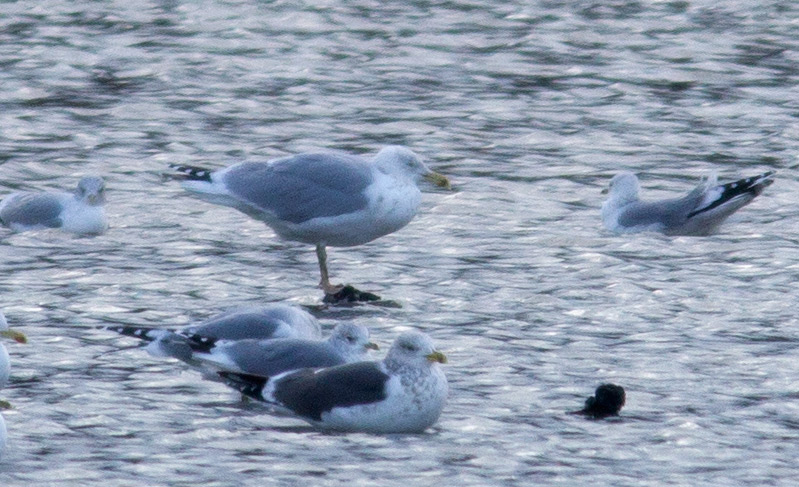
-Edit.jpg)
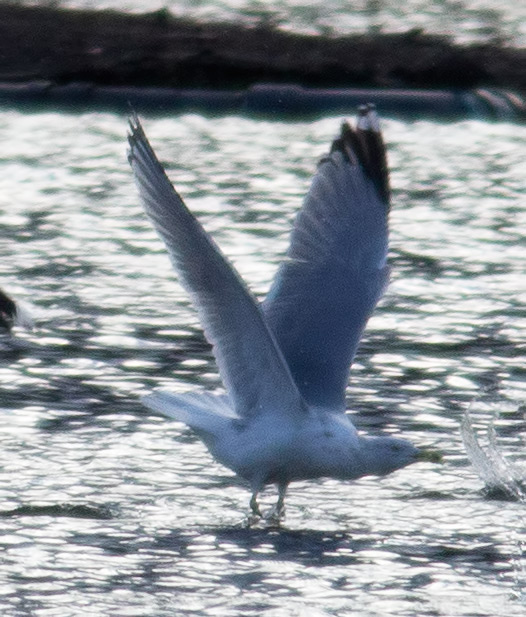
8th. Two drake red-crested pochard at Cheddar reservoir, then a great day birding at Shapwick Heath and Ham Wall. Highlights included finding a yellow-browed warbler close to the Ashcott Corner Car Park, a dark chiffchaff in the same place, marsh harriers, bittern, bearded tits, at least 10 great egrets and 3 whooper swans. Close views of the large starling murmuration at dusk on Walton's Heath, though no aerobatic displays.
7th. Chew Valley Lake - highlights included a bittern, 3 great egrets, peregrine, 8 Bewick's swans, common sandpiper and green sandpiper.
6th. The long-staying female eider at the Marine Lake, Weston-super-Mare on a cloudy morning.
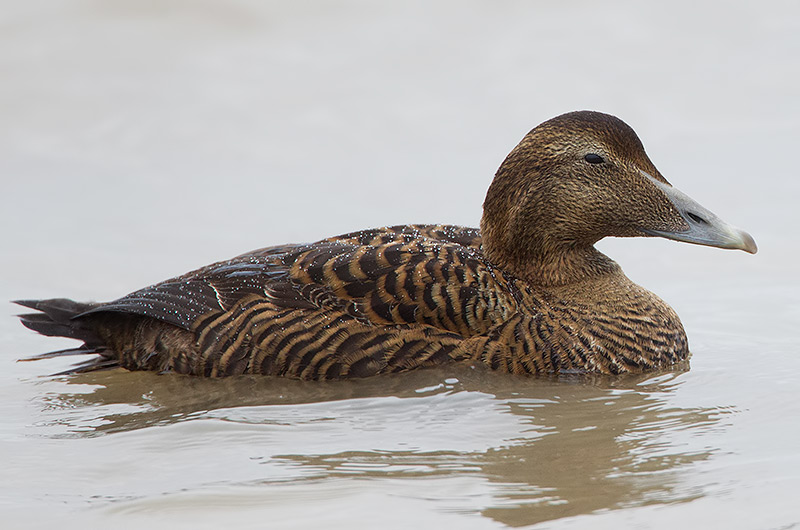
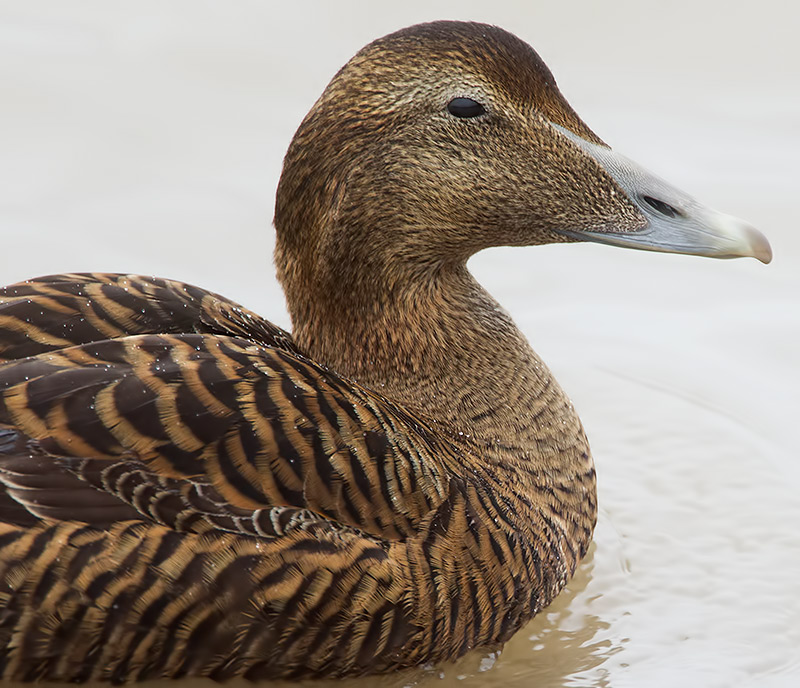
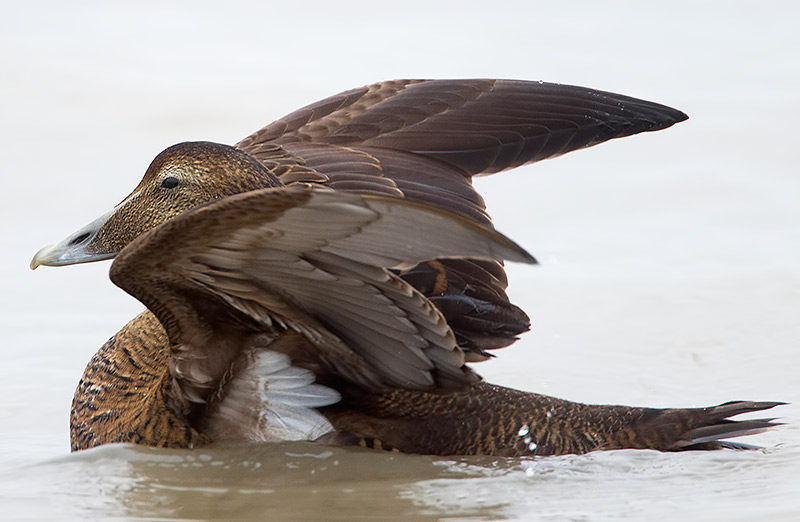
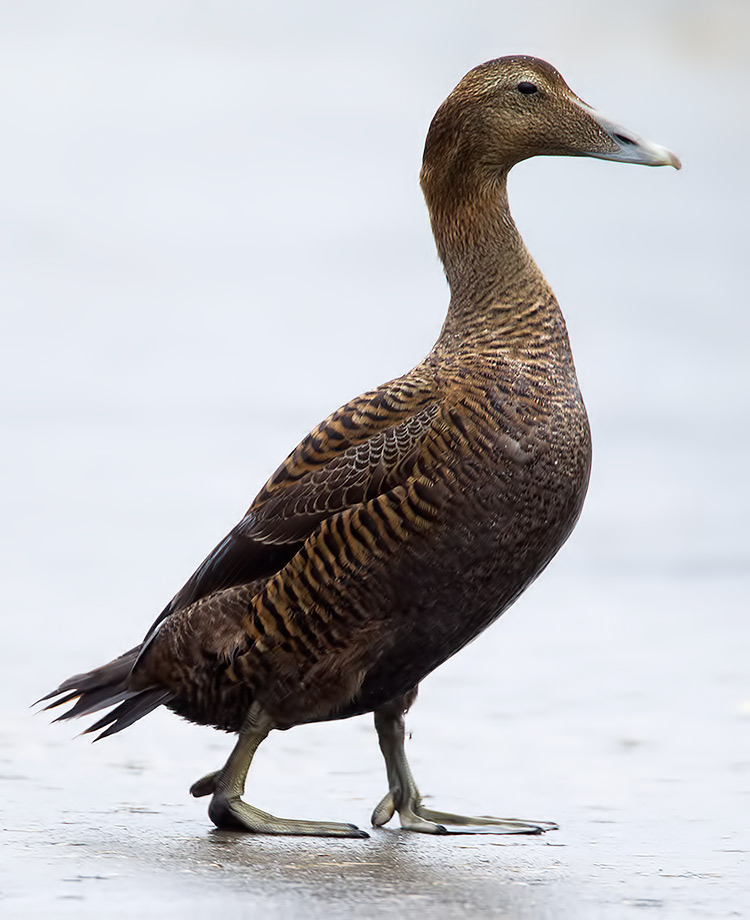
5th - a trip to see a waxwing flock at Cinderford Lidl. At least 31 birds were present. A photo of a robin too.
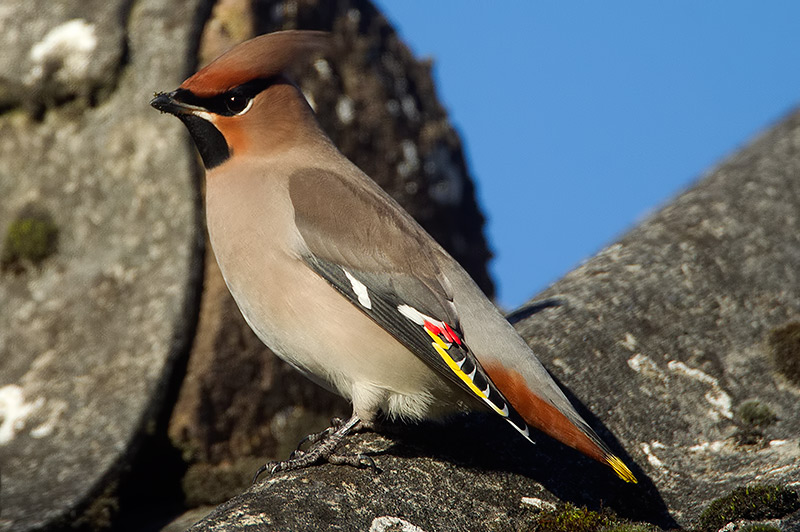
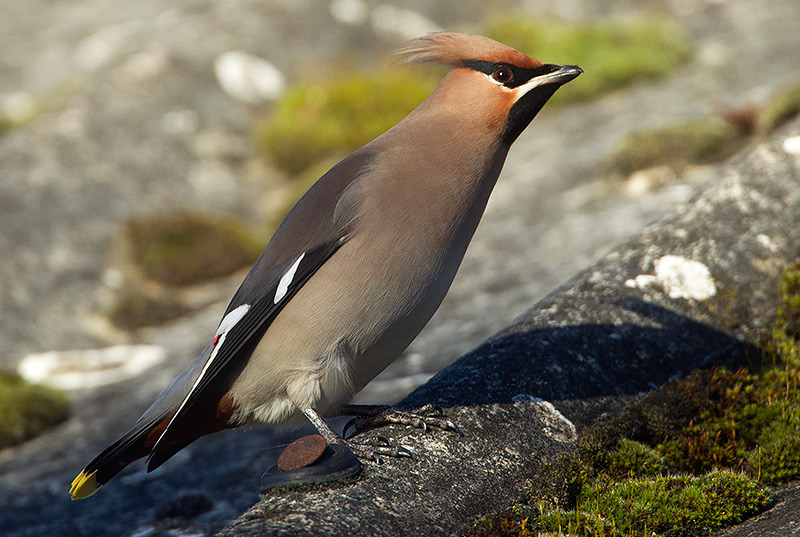
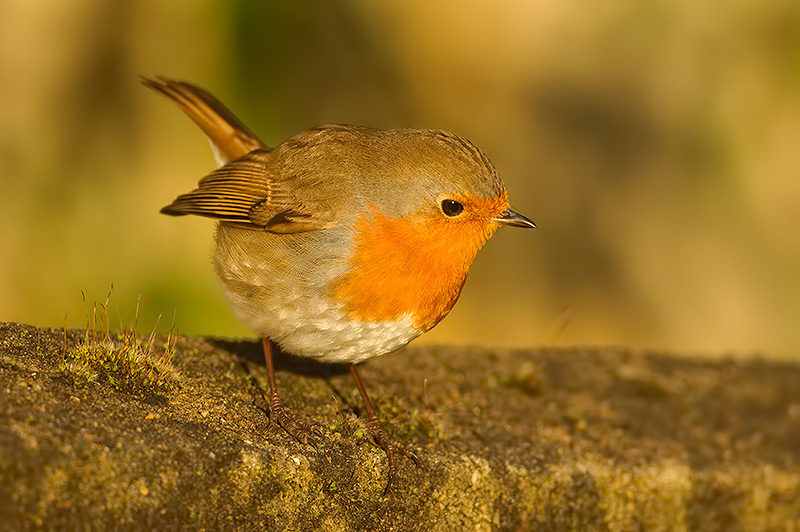
3rd - male and female blackcaps in the garden. I saw the expected species at Slimbridge, though most of the water was frozen and birds were distant. There was a little stint on Rushy Pen. The water rail below walked over ice. Rook photo as well.
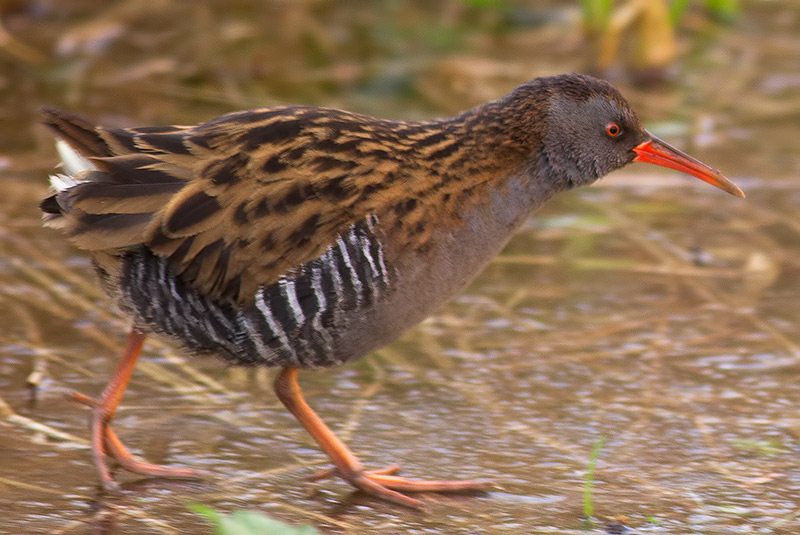
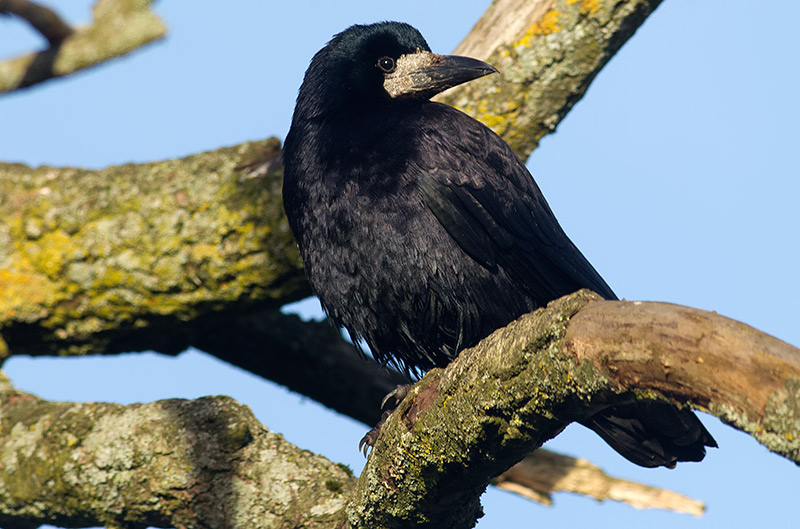
On 2nd I went for a birthday treat to see the BLUE ROCK THRUSH at Stow-on-the-Wold. The bird was first seen before Christmas, and there is a heated debate about whether it is wild (it appears to be an adult male), or an escape from captivity (though none are known to be captive in the UK). Rock thrushes are more closely related to flycatchers than thrushes, and this bird appeared to be fitting in as best it could with its natural environment by spending time among the mosses and lichens on the stone roofs. The locals provided tea and cake in the village all, and almost £2K has already been raised for a local home nursing charity.
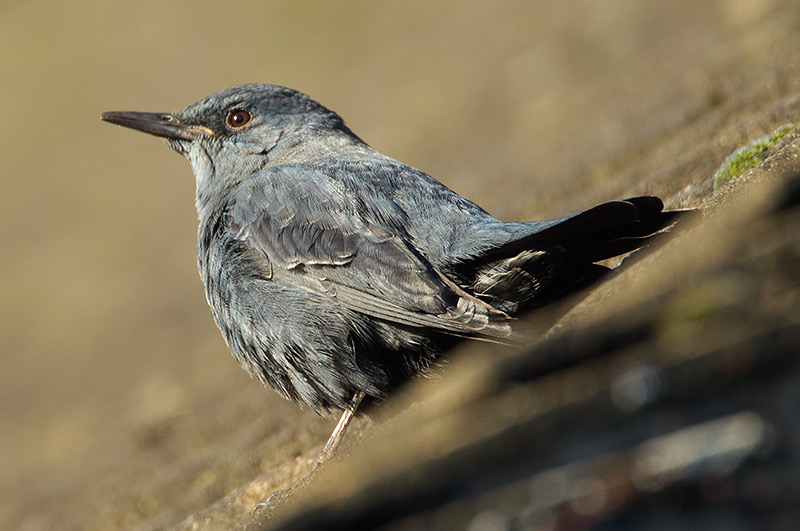
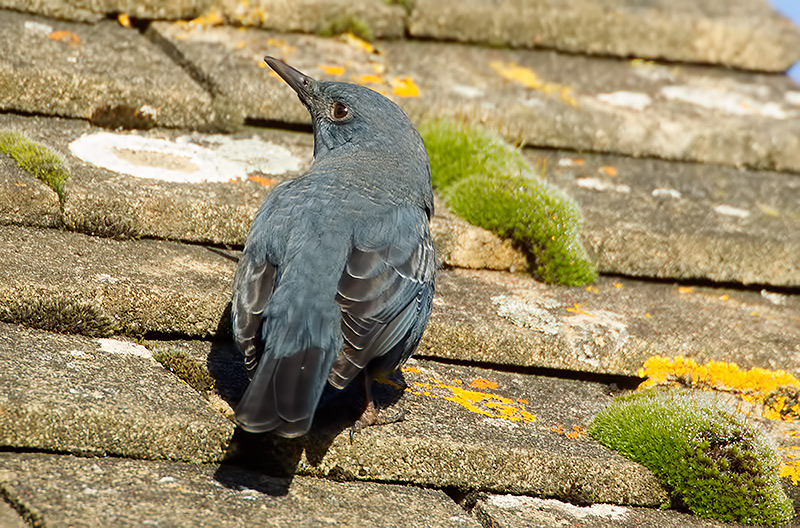
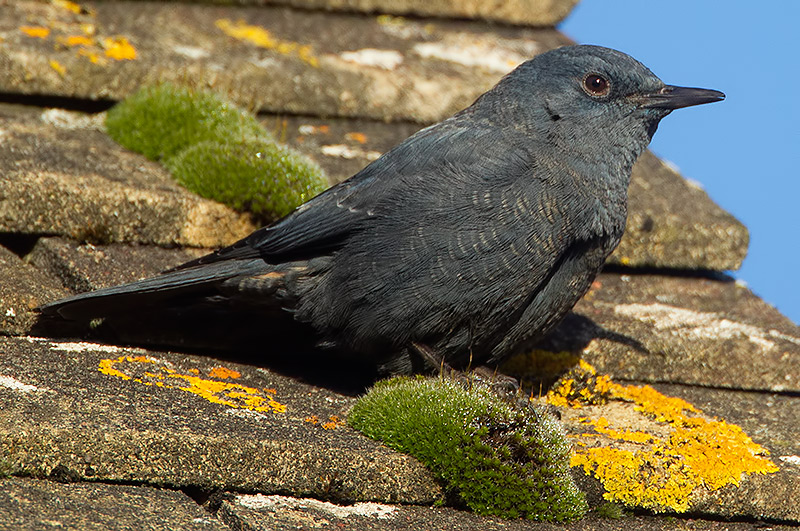
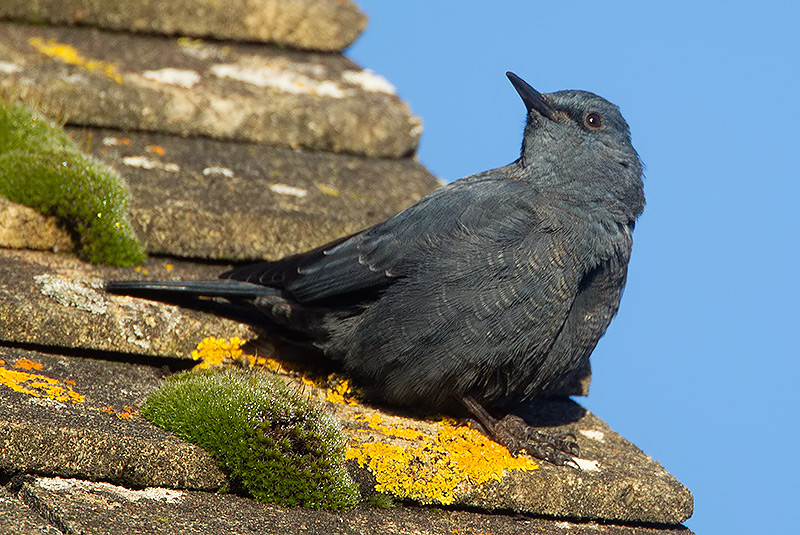
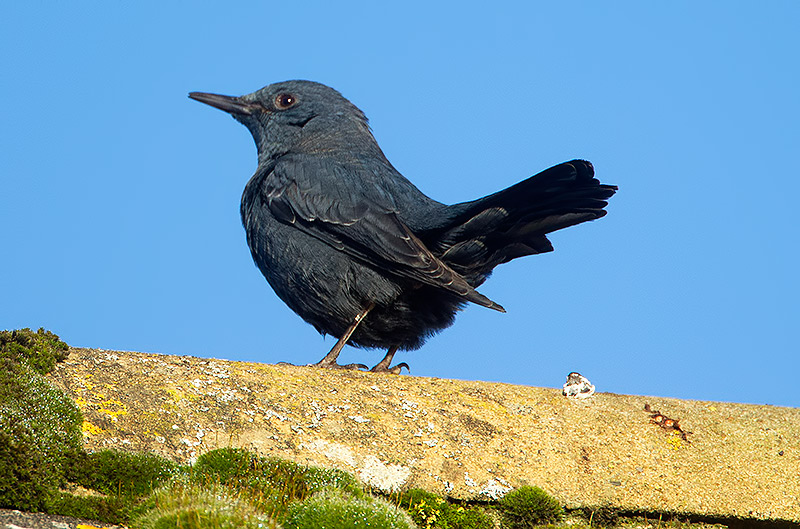
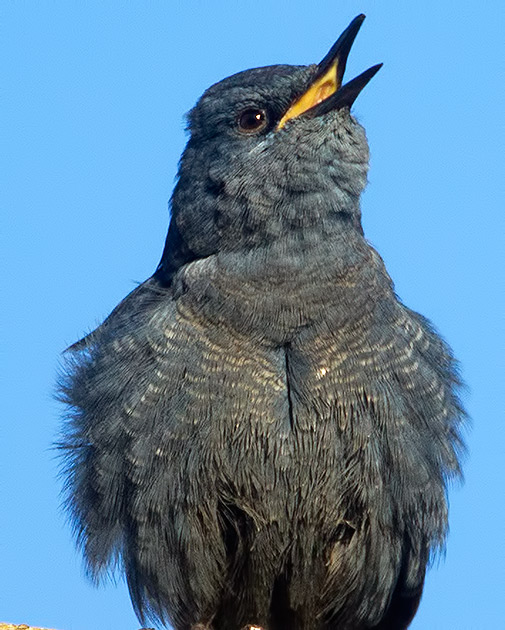
Regarding its age, I contacted Javier Blasco-Zumeta who wrote an authoritative piece on ageing blue rock thrushes here. I sent him 2 photos below.
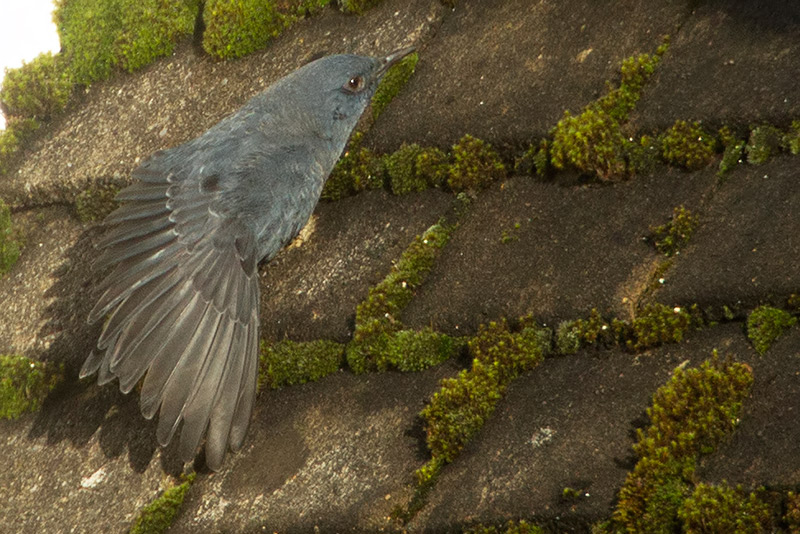
Javier's response was 'these are not easy birds for ageing using photos since moult limits are not very clear. I enclose one of your photos with one arrow pointing to that I think it is a moult limit in inner Greater Coverts .. if I am right then it is a 1st year male. But people who are arguing for an adult bird have good reasons too with a bird so fresh and having some bluish tinge in coverts and flight feathers. So .. I vote for 1st year but not 100% sure ... so send my opinion for other colleagues to consider if my argument is right or wrong'.
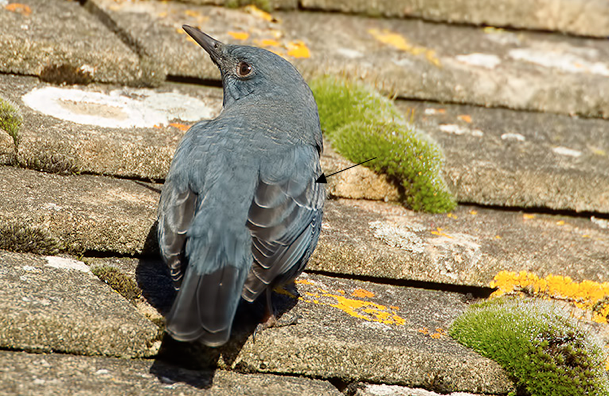
Stephen Menzie's detailed account of why he believes the bird is an adult is here. Stephen's response to Javier's observations was 'In short, yes, I still believe this bird is an adult. The more photos I see, the more satisfied I become that my initial assessment was correct. I respect Javier’s views on these matters but I do not believe the arrowed greater covert represents a moult limit. The inner greater coverts can often be slightly more protected from wear/bleaching, and on some species can show a subtly different pattern such as this. I’ve spoken to colleagues in Spain, who handle and see numerous Blue Rock Thrushes, and they have confirmed that a “false moult limit” such as this can sometimes be detected on adult male Blue Rock Thrushes. Additionally, there is no difference in colour between the arrowed GC and the tertials and secondaries. If we say, for argument's sake, that the GC had been moulted, we would expect to see a contrast between the adult-type GC and the retained juvenile tertials and secondaries. In this bird there is no such contrast within these feather tracts, which points to the tertials and secondaries being adult-type too. Only an adult bird would possess adult-type tertials and secondaries, since these feathers are never moulted during the post-juvenile moult'.











